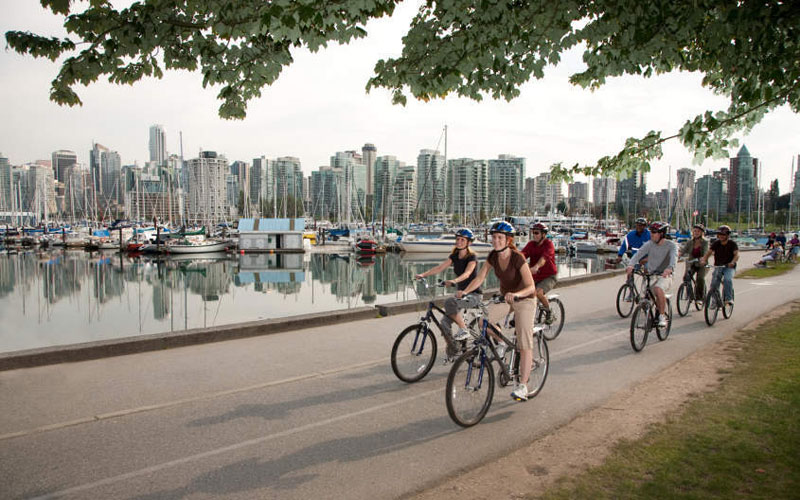The rise of urban cohousing
For over four decades, over 90% of cohousing communities were in rural and suburban settings. But in the last ten years, more and more cohousing projects are being launched in cities, sometimes even in ultra-urban downtown cores. How did urban cohousing become part of the mix?

In the beginning it was rural, all the way
Why were almost all cohousing communities built outside of cities?
Because the cohousing models we imported from Denmark were largely rural.
Beginning in the 1970s, Danes created a new model for living together, where people owned their own homes, but shared activities with their neighbours like eating together regularly. More than that, they worked together to design and build the rural community they wanted from scratch.
Because cheaper land makes cohousing more doable.
Cohousers are really mini-developers. They typically buy the land to build on and hire and coordinate the professionals to make their project a reality. Urban land is just too expensive for cohousers to carry over the 5-7 years it takes to build a community.
Because it’s pretty darn great to have space to fulfill your community’s dreams. Your group wants a workshop, a yoga studio, a wine cellar, a space dedicated to teens? Wonderful. You’ve got the space to build it.
Urban cohousing finds its market
Urban land prices have risen alarmingly since the 1970’s. So why are more urban communities springing up despite the expense?
Cities have a lot to offer in terms of amenities.
Your kids can play hockey, take violin lessons and visit the science museum. Meanwhile you can take college courses, eat at great ethnic restaurants and see friends without driving an hour. Older cohousers want easier access to healthcare and other services as they age. And, that coffee shop that’s around the corner from your house doesn’t exist in rural settings.
Commutes are a killer for work-life balance.
More folks who work in urban areas don’t want to spend a chunk of their day commuting. One study on commuting and happiness shows that adding 20 minutes to your commute makes you as miserable as a 19% pay cut. People want a lifestyle that gets them home in time to see their kids before they go to bed or have a glass of wine with their partner before dinner.
The tradeoffs for accepting less space to live in the city seem worth it.
“Do I need a big back yard? Nope. Not if my kids can step out the door and play with friends in our courtyard. We don’t need an on-site amenity like a yoga studio because there’s always one in the neighbourhood. We don’t need a playground because our city was designed so every neighbourhood has a park within a few blocks.”
In the city, cohousers can live sustainably
We know of one urban community that has no parking at all. Our community will only have four parking spaces and all of those will be shared cars. We are four blocks from rapid transit, a few meters from two bus lines and near two bike paths. Nearly all of us will give up our cars when we move in. Going carless is simply not possible on the outskirts.
We are coming up with new ways to make urban communities work.
Because many families want to live in the city, they’re looking at innovative models, like:
- building cohousing in a high-rise
- building communities on just two small urban lots
- partnering with developers instead of buying land
- looking at new financing models including rental cohousing
- partnering with cities to build on city-owned land